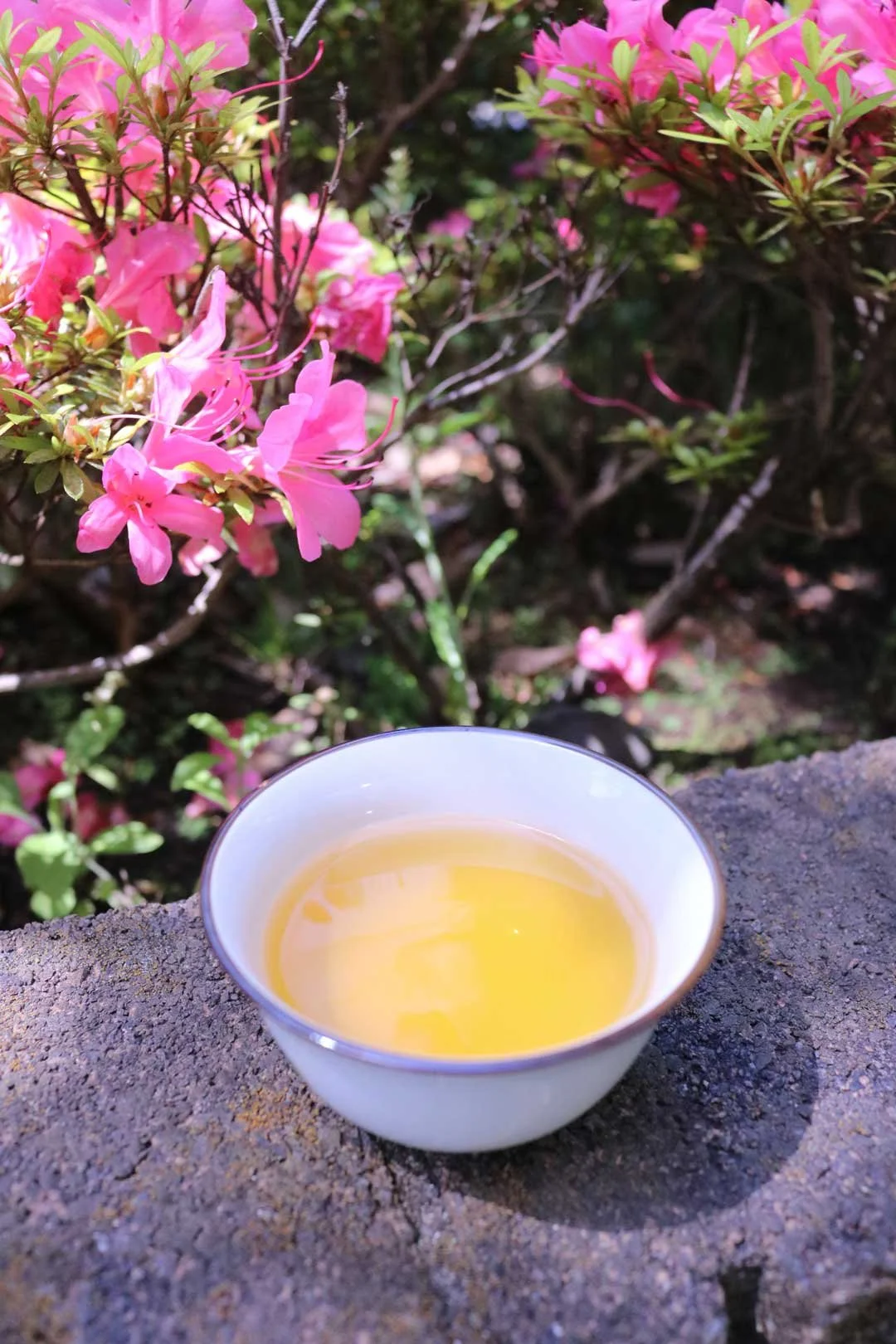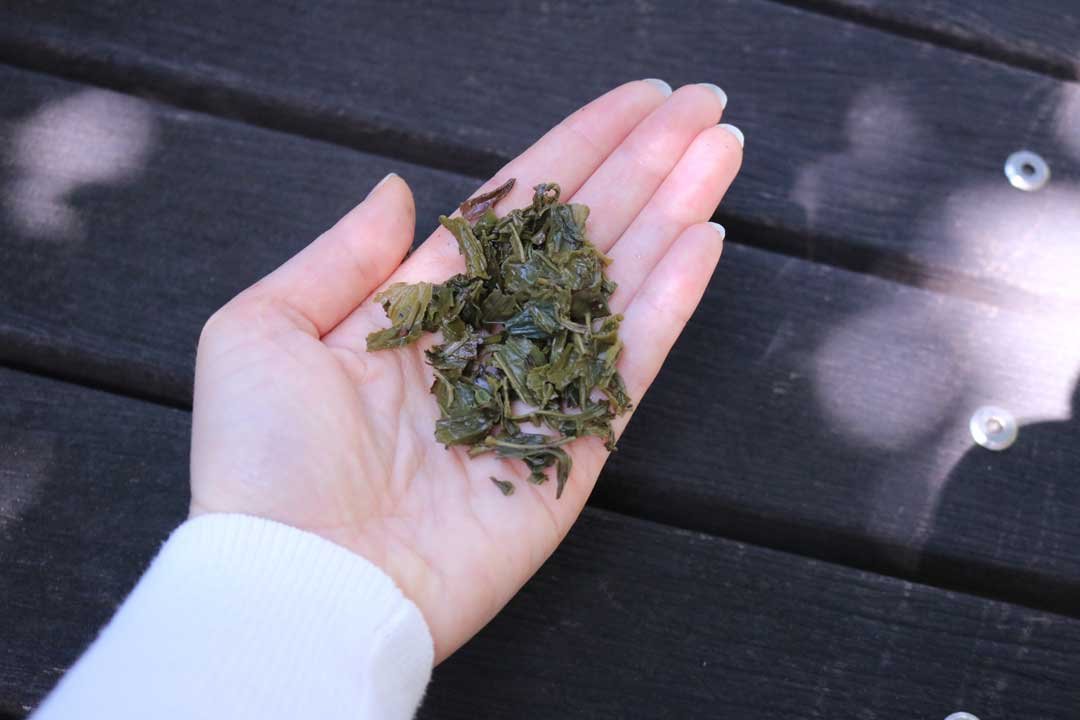Who Invented Tea?
Everybody knows tea. In fact, it's such a common drink that it's found in 80% of all America’s households. But do you know who invented tea?
Although the birth of tea is shrouded in legends… It’s clear that it first originated in China and was developed by ancient Chinese people.
In this article, I will briefly touch on:
Tea in the Chinese mythology
How tea-drinking culture evolved across centuries
Now, on to the story.
Where Does Tea Originally Come From?
The Camellia Sinensis or tea plant is native to:
South China (Yunnan and Sichuan Provinces)
East India (Assam Region, Myanmar)
Tea was originally used by the Chinese as a medicinal herb around 4000 years ago. After all, tea has many health benefits to give, including:
Stimulating effects on the brain (from caffeine)
Relaxing properties (from L-theanine)
Anti-inflammatory properties
Geeky info: All teas made from the Camellia Sinensis plant contain caffeine. The funny thing is it won’t affect you the same way caffeine in coffee does. That’s because tea also contains an amino acid called L-theanine which alters caffeine’s effects and makes you feel calm.
The first unambiguous written record of the use of tea was found in an Chinese employment contract from 2,000 years ago. The author, Wang Bao, explained that one of the tasks of a servant was to buy tea for his master.
2 Legendary Tea Inventors
There are 2 main Chinese Legends when it comes to who invented tea:
Shen Nong
Bodhidharma
1 - Shen Nong, a Legendary Emperor
The Chinese Emperor Shen Nong was supposedly an herbalist who lived around 3000 BC. According to his legend, tea was invented by accident. The story goes like this:
Shen Nong always had his water boiled before he drank it. One day, a dead leaf from a wild tea plant fell into the water his servant was boiling for him. The Emperor drank it anyway, and found it refreshing and delicious.
2 - Bodhidharma, a Buddhist monk
Bodhidharma was an Indian Buddhist monk who came to China around the 5th century. The story goes that he was meditating 9 years in a cave when he fell asleep. He woke up in a rage and ripped off his own eyelids in frustration.
Where his eyelids hit the ground, a tea plant sprouted up. Bodhidharma's disciples used the leaves from this plant to make a stimulating and calming beverage. Perfect for long hours of meditation.
Tea and the Chinese People
Ancient legends are fascinating… But aren’t really reliable. Whether there is some truth in them or not, one thing is sure:
The tea plant was first domesticated by the Chinese people.
Birth of the Chinese Tea Drinking Culture
At some point, the status of tea switched from a simple medicinal beverage to an enjoyable drink revered for its flavors. According to Cha Jing (The Classic of Tea) written by Lu Yu in the 8th century, the tea-drinking culture was already widespread during his time. The book gives great details on:
How tea plants were grown
How the leaves were processed
Methods and utensils of tea-drinking
The best tea Terroirs (growing location) in China
How the people would judge the quality of a tea
By the Tang Dynasty (618–907):
The Chinese society would drink tea for pleasure during gatherings
The tradition of offering fine tea to the Emperor as a tribute was established
Tea soon became a favorite subject of poets, artists, and philosophers. Its value was such that it was even used as currency for a time.
And so for centuries, the people of China developed new styles of tea processing. Drinking tea first in brick form, then powdered form, and eventually loose-leaf form like today.
China’s Monopoly on Tea
Although some countries like Japan also started growing tea, China was the one who held the monopoly on tea cultivation. This gave the Chinese people much economic power. Especially over the Western world where tea started to become popular in the 17th century.
But the British who were very fond of tea tried to play dirty... And began trading Chinese tea for opium instead of silver, turning millions of Chinese into drug addicts in the process.
China kept its monopoly until the middle of the 19th century. Then tensions grew… Resulting in years of Opium Wars. Eventually, the British resorted to drastic measures:
Stealing the Chinese’s tea-growing and processing knowledge
And smuggling thousands of tea trees and seeds out of the country
In the end, the British East India Company started cultivating tea itself in the Assam Region. If you want the full details about this incredible part of tea’s story, check out our previous article A Brief History of Tea.
FAQ
What Teas Originated in China?
There are 6 Categories of Chinese Tea:
Green
Red (known as Black tea in the West)
White
Yellow
Wu Long (Oolong)
Black (Hei cha such as Pu Er tea)
They are made with the same tea plant, but differ in process. For a long time, there was only Green tea. Then the Chinese eventually learned how to oxidize tea leaves to make other kinds of teas.
Who Invented Tea with Milk?
Many people associated ¨tea with milk¨ with Britain or India. However, this custom most likely originated in Tibet around the 7th century.
The Tibetan Plateau’s harsh climate was not ideal to grow tea. So the people would give horses to China in exchange for tea. Tibetans would heat tea leaves, yak butter, yak milk, and salt to make tea.
To Sum Up
So, who invented tea? Well, it’s difficult to give just one name. The history of tea is full of tea masters and farmers who paved the road to what is today the second most consumed beverage in the world.
What is sure is that if it were not for the Chinese people, tea might have turned out very differently. Actually, maybe we wouldn’t have tea at all (total horror...).









